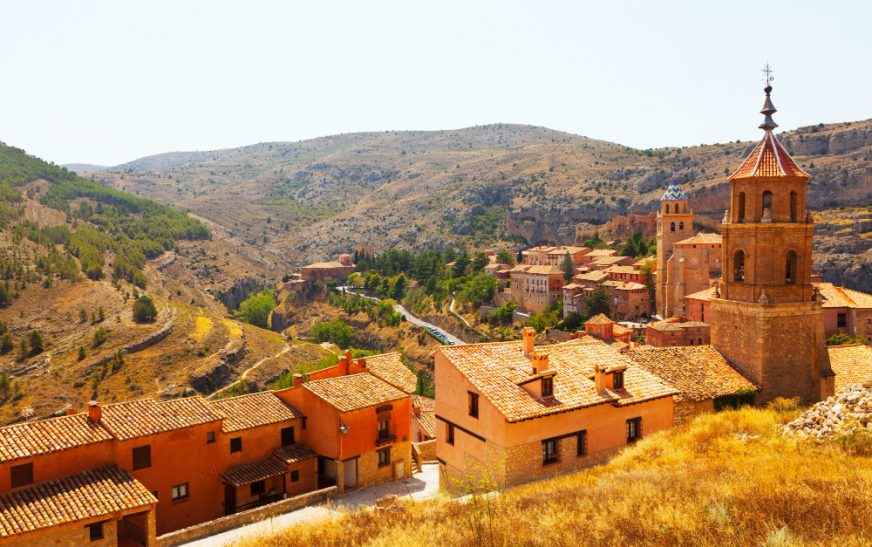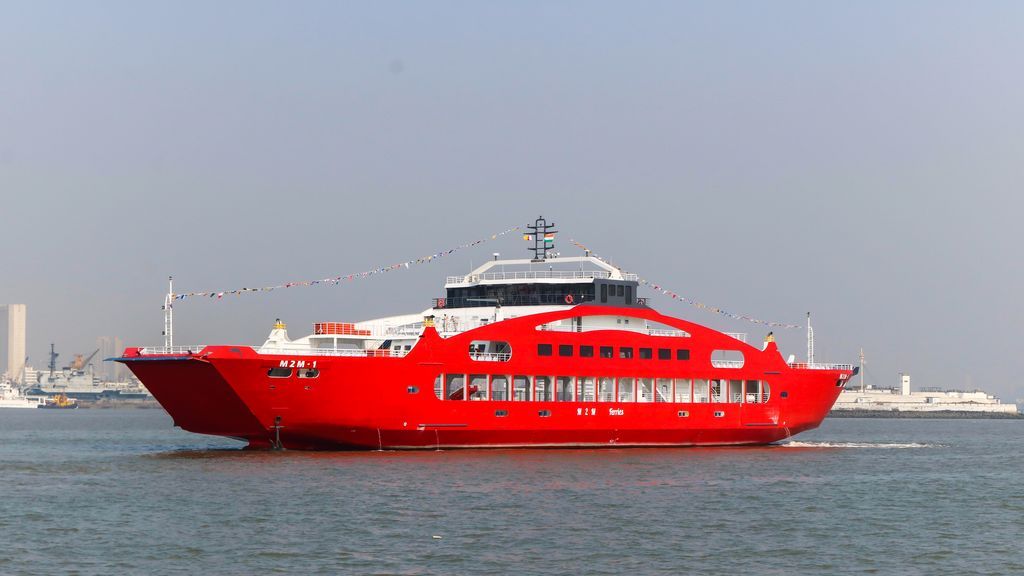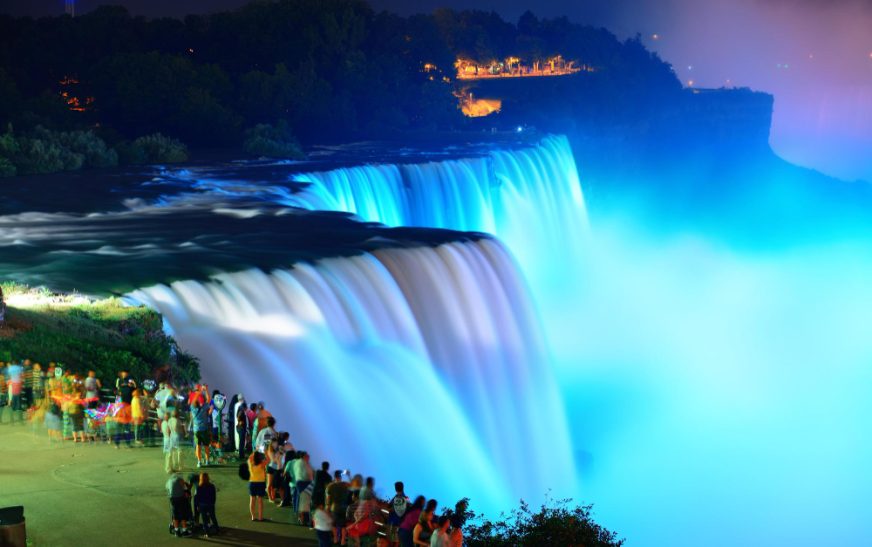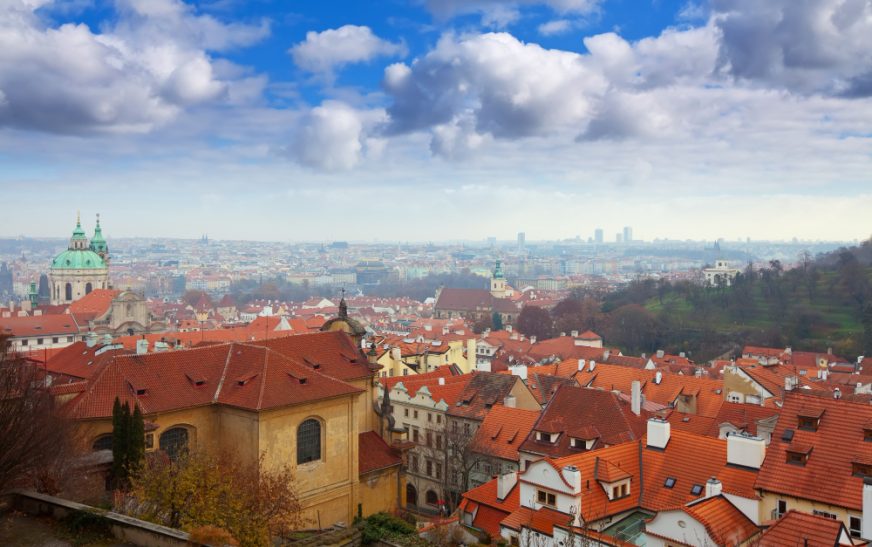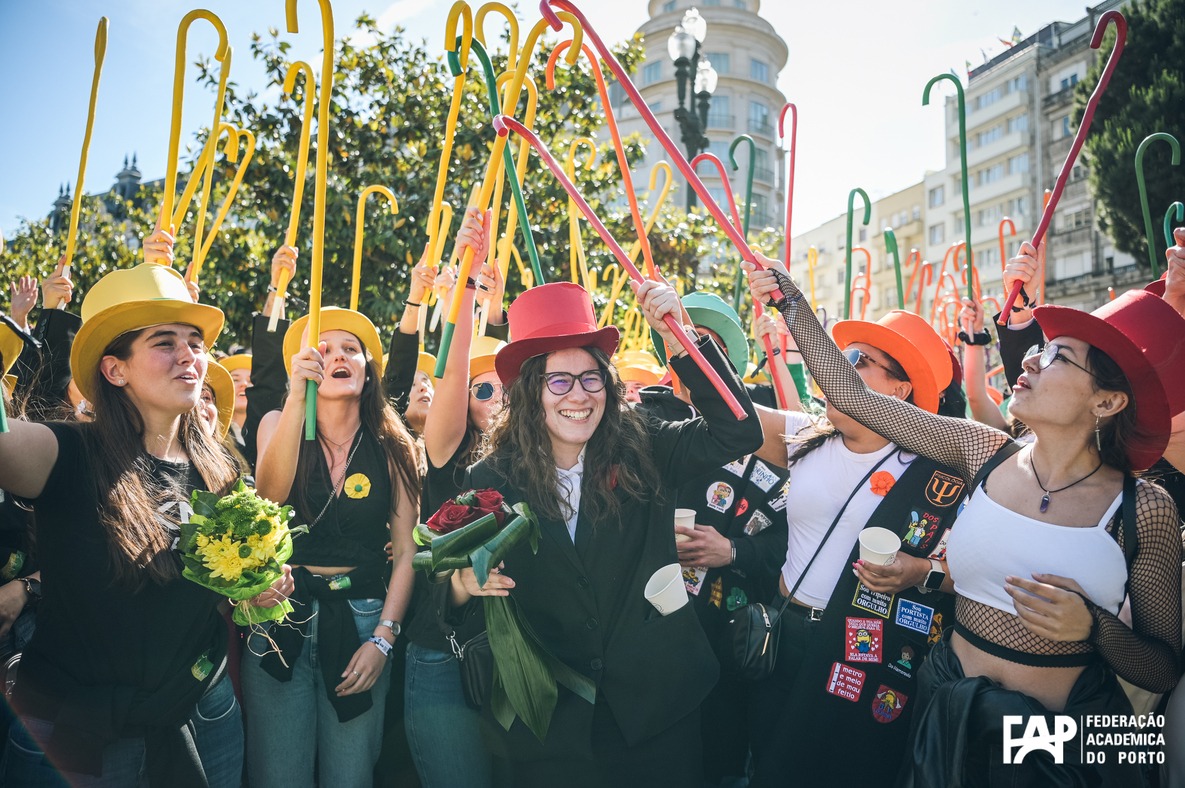Located in the stunning Sierra de Guadarrama mountains, just outside of Madrid, Valle de los Caídos (The Valley of the Fallen) is one of Spain’s most intriguing and controversial monuments. Built during the reign of Francisco Franco, the site is a complex of religious and political significance. While its history is steeped in controversy, it also stands as a remarkable testament to the history of Spain in the 20th century.
1. A Monument of Historical Significance
Valle de los Caídos was constructed between 1940 and 1958, in the aftermath of the Spanish Civil War (1936-1939). Its purpose was to commemorate those who died during the war, particularly those who fought for Franco’s Nationalist forces. However, the monument has been at the center of debates, as it also houses the tomb of Francisco Franco himself, adding a political dimension to its historical significance.
Visiting Valle de los Caídos gives you a chance to reflect on Spain’s difficult history, providing insight into the civil war, Franco’s dictatorship, and the lasting impact of these events on the country’s present-day society.
2. The Stunning Architecture
The architecture of Valle de los Caídos is a striking example of Spanish monumentalism. At the heart of the complex is the basilica, a vast underground church carved into the mountainside, which is dominated by a massive 150-meter cross at the summit of the hill.
The basilica itself is one of the largest in Spain, with intricate stone carvings, high ceilings, and expansive corridors. Its design is influenced by both traditional Christian architecture and Francoist ideals, making it a unique and impressive structure to explore.
Whether you are an architecture enthusiast or simply appreciate grand designs, Valle de los Caídos offers an unforgettable visual experience.
3. The Towering Cross
Arguably the most iconic feature of Valle de los Caídos is the monumental cross that stands atop the mountain. At 150 meters in height, it is one of the tallest crosses in the world. This immense cross is visible from miles around, making it a landmark in the surrounding landscape.
The cross is a symbol of the monument’s dedication to the fallen, but it has also been a subject of controversy due to its association with Franco’s regime. Despite this, it remains a major attraction, offering stunning panoramic views of the valley and the surrounding countryside. The experience of standing at the base of this towering structure is both humbling and awe-inspiring.
4. The Somber Atmosphere of the Basilica
The basilica at Valle de los Caídos is carved into the side of a mountain, making it one of the most unique places of worship in Spain. Inside, the vast stone hallways and high ceilings create an atmosphere of reverence and solemnity.
The basilica houses the tombs of thousands of Spanish Civil War soldiers, many of whom were buried in mass graves. Visitors often feel a sense of quiet contemplation as they walk through the space. The stark beauty of the church, combined with its history, makes it a place of reflection on both Spain’s past and its journey toward reconciliation.
5. The Controversial Legacy of Franco
The most controversial aspect of Valle de los Caídos is the tomb of Francisco Franco, Spain’s dictator from 1939 until his death in 1975. After his passing, Franco was buried at Valle de los Caídos, adding a layer of political significance to the site.
For many Spaniards, the presence of Franco’s tomb at the monument symbolizes the enduring legacy of authoritarian rule in the country. In recent years, the Spanish government has moved to exhume Franco’s remains, sparking debates about how Spain should confront its history. Visiting Valle de los Caídos gives you a chance to explore this ongoing discussion and engage with the complexities of Spain’s post-Civil War history.
6. The Monument’s Location in Nature
Valle de los Caídos is not just a historical monument; it is also located in one of the most beautiful natural areas in Spain. Situated in the Sierra de Guadarrama National Park, the site is surrounded by rugged mountains, dense forests, and scenic valleys. The natural beauty of the area provides a stark contrast to the somber history of the monument.
Visitors can take a peaceful walk around the monument’s grounds, enjoying the tranquility of the surrounding landscape. The area is ideal for hiking and exploring, with paths that lead through the forest and offer breathtaking views of the valley below. Whether you’re an outdoor enthusiast or simply seeking a peaceful place to reflect, the natural setting of Valle de los Caídos is a perfect backdrop.
7. Understanding Spain’s Complex History
A visit to Valle de los Caídos is an opportunity to learn more about Spain’s turbulent 20th-century history. The monument itself is a representation of the division that marked the Spanish Civil War and its aftermath. While it honors those who died in the war, it also serves as a reminder of the painful and divisive period of Franco’s rule.
Many visitors find the monument to be a powerful starting point for learning about the Spanish Civil War and the transition to democracy that took place after Franco’s death. The museum and exhibition spaces at the site provide additional context and historical information, allowing you to engage with the complexities of Spain’s past.
8. A Place for Reflection and Debate
Given the monument’s controversial nature, Valle de los Caídos is not just a place for sightseeing—it is also a place for reflection and debate. The site continues to be a focal point for discussions about Spain’s past, especially with the ongoing conversation about Franco’s legacy. Many people visit the site to reflect on the impact of dictatorship and the importance of democratic values.
For visitors who are interested in history, politics, and social issues, Valle de los Caídos offers an opportunity to engage in a deeper dialogue about the country’s past and its ongoing process of reckoning with its authoritarian history.
9. The Artistic Carvings and Memorials
Valle de los Caídos is not just about its architecture; it also features numerous artistic carvings and memorials that honor the fallen soldiers. The cruciform layout of the monument is adorned with numerous sculptures, reliefs, and inscriptions that tell the story of the Spanish Civil War and the ideological battle between the Nationalists and Republicans.
The craftsmanship of these carvings is remarkable, with each piece telling a story of struggle, sacrifice, and loss. Whether you are an art lover or a history enthusiast, the artistic features of Valle de los Caídos are worth exploring. The memorials add depth to the monument, making it a place of both artistic and historical significance.
10. The Symbolism of the Monument
Finally, Valle de los Caídos stands as a symbol of Spain’s reconciliation process. Over the years, the monument has evolved from being a symbol of Francoist ideology to a place where the country’s painful history can be examined and discussed openly. For many Spaniards, visiting Valle de los Caídos is an important part of understanding the struggle for democracy and the importance of confronting the past.
The monument is not just a place of memory; it is a place of ongoing dialogue. The symbolism of Valle de los Caídos has shifted over the years, and it continues to be a site of reflection on Spain’s journey toward healing and unity.
Conclusion: Valle de los Caídos as a Historical and Cultural Landmark
Valle de los Caídos is a place where history, politics, and culture converge. Whether you are drawn to its imposing architecture, its stunning natural surroundings, or its complex legacy, there is no denying that this monument has a profound impact on visitors. For those interested in Spain’s 20th-century history, Valle de los Caídos offers a unique opportunity to engage with the country’s past, present, and future.
A visit to this monument is an opportunity to reflect on the difficult lessons of history, while also appreciating the beauty and resilience of the Spanish people. It is a place of contemplation, learning, and, ultimately, understanding.
FAQs About Valle de los Caídos
1. Can I visit Valle de los Caídos year-round?
Yes, Valle de los Caídos is open to visitors throughout the year, though it is advisable to check the opening hours and any possible closures, especially during holidays or special events.
2. How long does it take to tour Valle de los Caídos?
A typical visit to Valle de los Caídos lasts between 1.5 to 2 hours, depending on how thoroughly you wish to explore the site and its surroundings.
3. Is Valle de los Caídos accessible for people with limited mobility?
Yes, Valle de los Caídos is wheelchair accessible, and there are facilities to accommodate visitors with limited mobility, including ramps and elevators.
4. Can I hike around the area surrounding Valle de los Caídos?
Yes, the Sierra de Guadarrama National Park offers several hiking trails that provide stunning views of Valle de los Caídos and the surrounding mountains.
5. Is there an entrance fee to visit Valle de los Caídos?
Yes, there is an entrance fee to visit the monument and its basilica. It’s advisable to check the official website for up-to-date pricing and ticket information.

